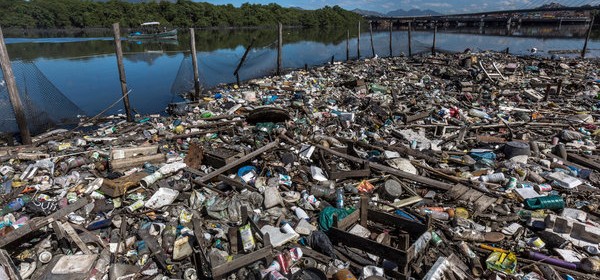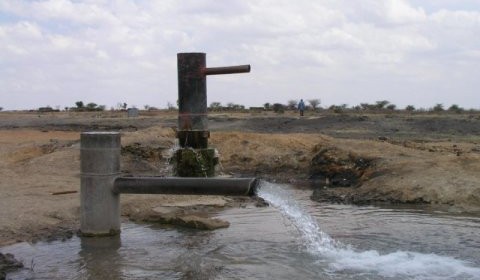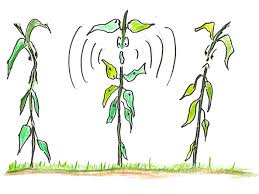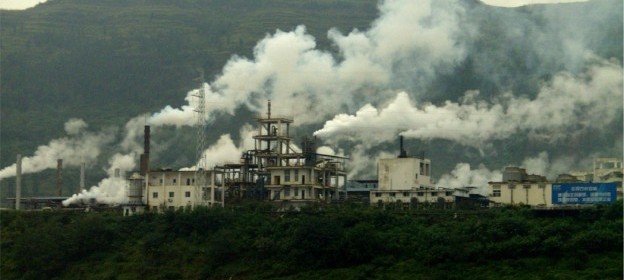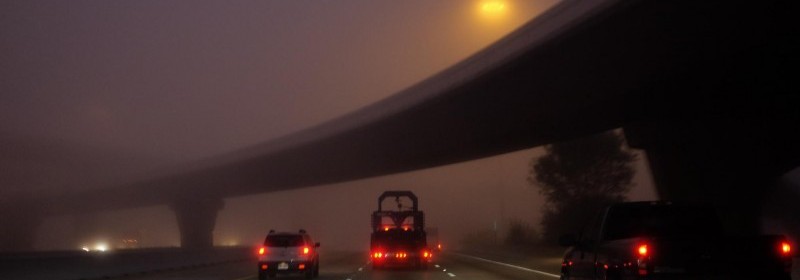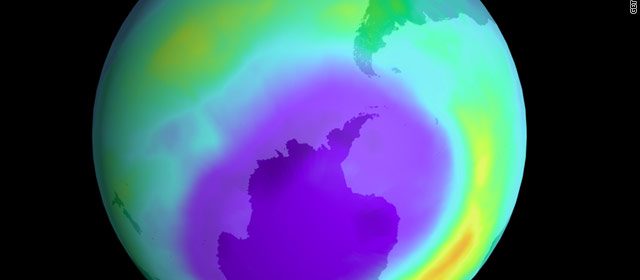JET STREAM STALLS AT CLIMATE CHANGE
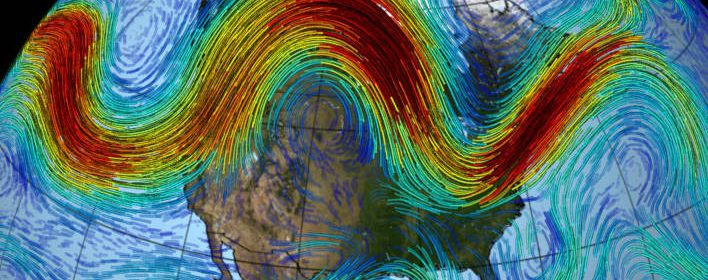
Climate change, not just increasing atmospheric temperatures, has been affecting the Jet Stream. When the Jet Stream travels across from the West to the East over the Northern Hemisphere in normal conditions the weather is not greatly affected, but because of the climate change it has been slowing down and causing massive heat waves and flooding. When the jet stream […]
Read more

